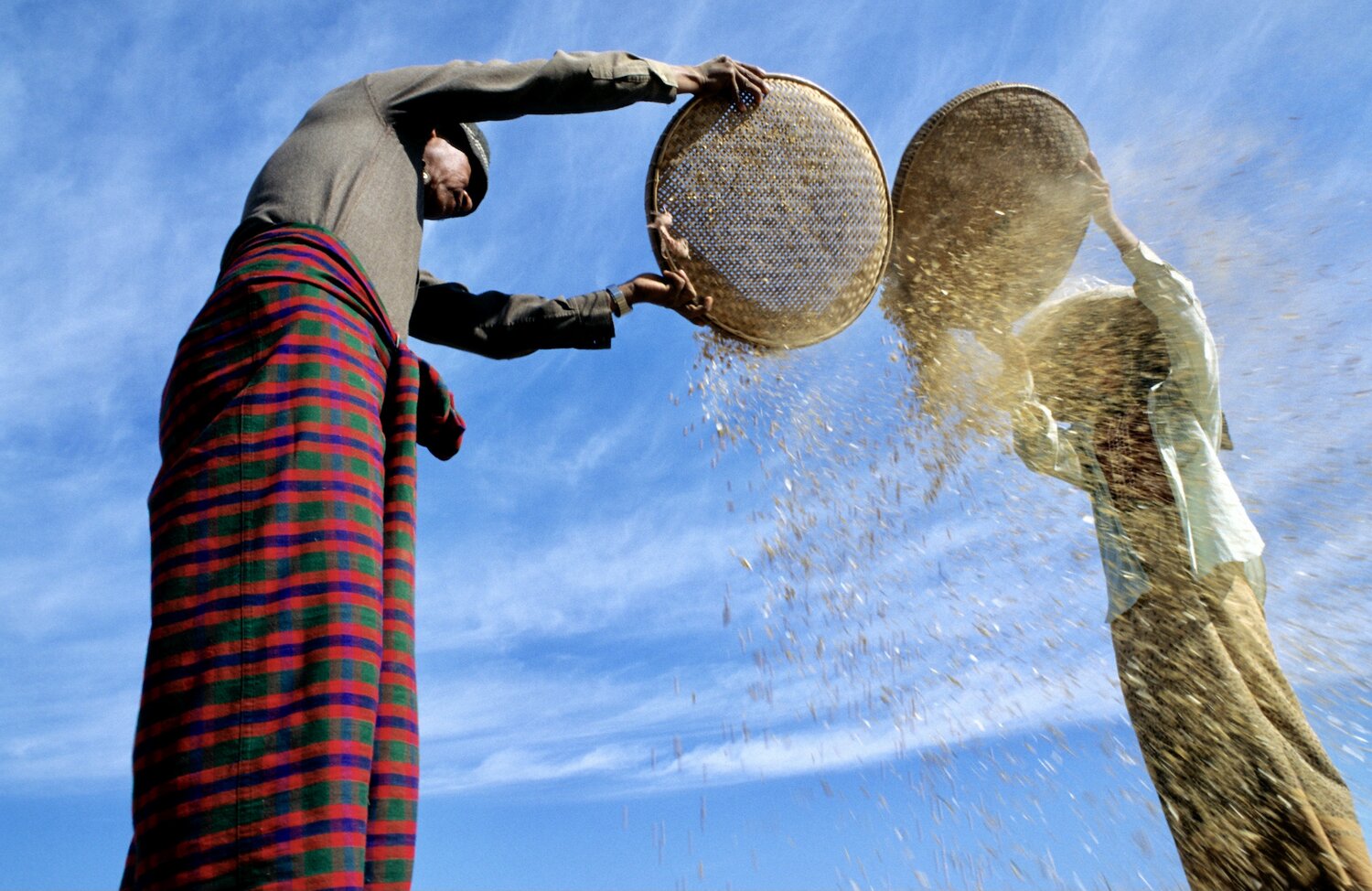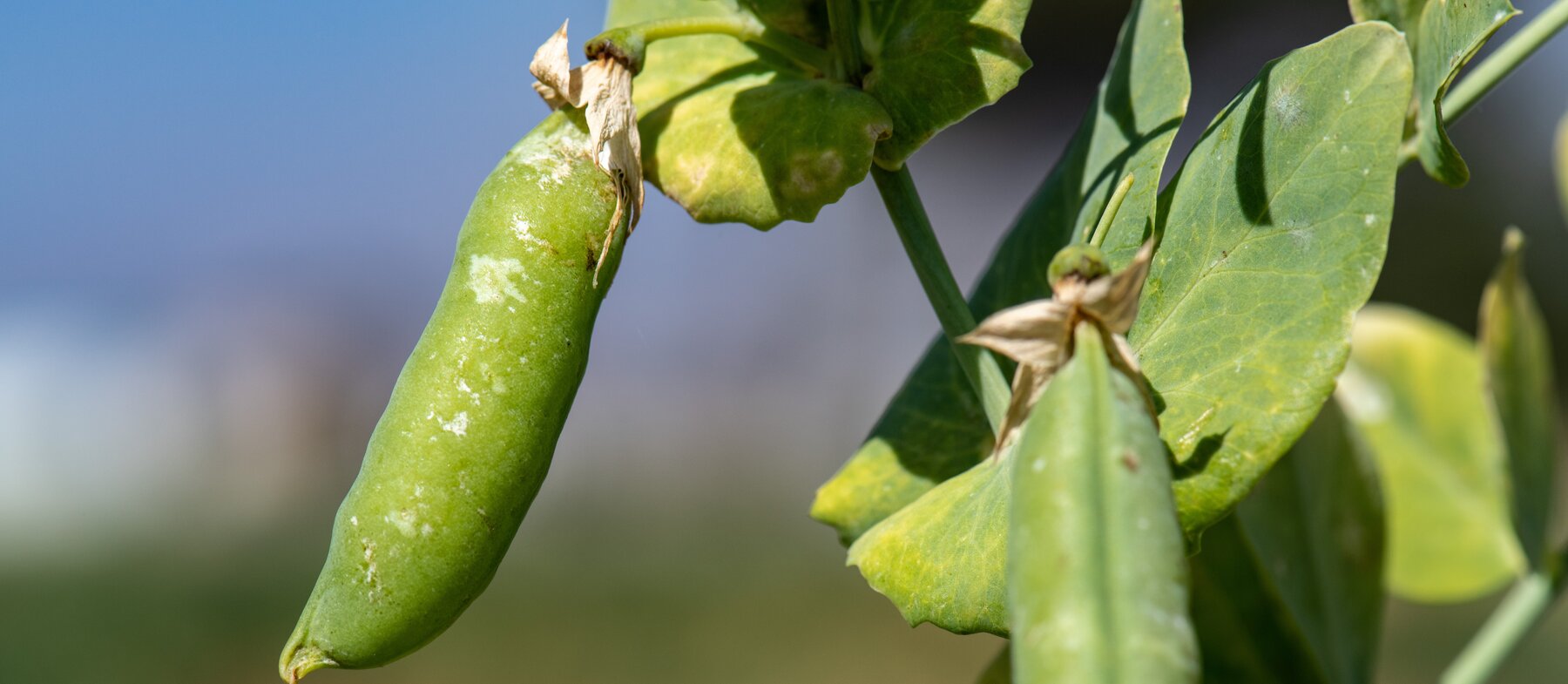Pea
Why pea?
Pea (Pisum sativum L.) is a widely grown crop that is used for both human food and animal feed. It serves as a useful rotation crop as a nitrogen-fixing legume. It can be harvested fresh for canning, freezing or in the pod, or dried.
What we achieved
- 55 seed samples of three pea crop wild relative (CWR) species were collected in eight countries: Armenia, Azerbaijan, Cyprus, Ethiopia, Georgia, Italy, Lebanon and Spain.

Project partners
Collecting
- Armenian Botanical Society Yerevan, Armenia
- Genetic Resources Institute, Azerbaijan National Academy of Sciences, Baku, Azerbaijan
- Agricultural Research Institute, Ministry of Agriculture, Natural Resources and Environment, Nicosia, Cyprus
- Ethiopian Biodiversity Institute, Addis Ababa, Ethiopia
- National Botanical Garden of Georgia, Tbilisi, Georgia
- University of Pavia, Italy
- Lebanon Agricultural Research Institute, Rayak, Lebanon
- National Institute for Agricultural and Food Research and Technology, Madrid, Spain
Pea key collections, materials and data
Pea collections
- The largest pea collection is conserved by the United States Department of Agriculture National Plant Germplasm System (USDA-NPGS).
- Of the 55 seed samples collected, 41 samples are conserved in the Millennium Seed Bank, 40 of which have been sent to the USDA-NPGS for multiplication, use and safety backup.
- The Genesys PGR database includes information about pea accessions in genebanks worldwide.
Pea stories
Relevant publications
- Coyne, C.J., Kumar, S., von Wettberg, E.J.B., Marques, E., Berger, J.D., Redden, R.J., Ellis, T.H.N., Brus, J., Zablatzká, L., Smýkal, P. 2020. Potential and limits of exploitation of crop wild relatives for pea, lentil, and chickpea improvement. Legume Science 2(2): e36. https://doi.org/10.1002/leg3.36.

